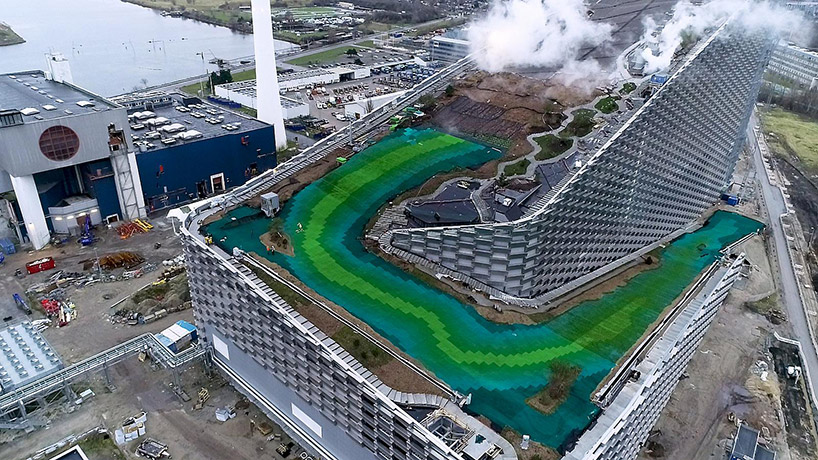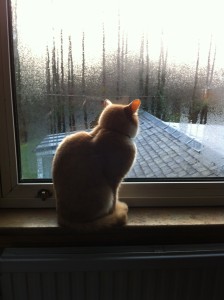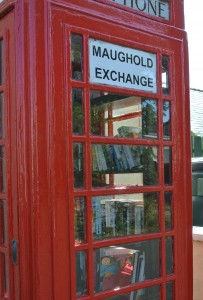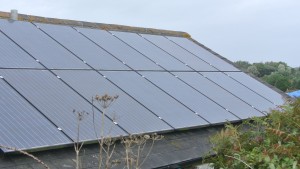‘The biblical call to be stewards of creation requires us to use our God-given resources with care. I highly recommend this book to all Christians who are concerned with the biggest issue of our day – the future of the planet.’
Matthew Sleeth, Executive Director, Blessed Earth
'I found this a really helpful read. It's scientifically well-informed and nicely Biblically-based, but also full of practical information for those of us who want to try to do something about this really important issue. We don't know what our immediate future holds or what we and our children and grandchildren will be having to deal with in the coming years. We do know, though, that we must live our lives seeking justice and shalom through all we do. This book will help us take some steps towards that.'
Ruth Valerio author of "'L' is for Lifestyle: Christian Living That Doesn't Cost the Earth"
'No Oil in the Lamp is a great starting point for Christians who have heard about peak oil but never quite looked into it. (If you’re wondering about the title, see Matthew 25) But it’s also one of the best books I’ve read on oil depletion generally.'
Jeremy Williams at "Make Wealth history"
"this is a well-researched and comprehensive guide to where we are energy-wise and how Christians can respond practically both in their own homes, and via their churches to a growing crisis."
Catherine von Ruhland at "Third Way" magazine
"...there is so much in what is a fact- and idea-filled boolc that it should be commended to a wide readership to study closely, for its understanding and advice about things that can be, and are being, done by families, community groups and churches."
"New Directions" magazine
"The book will be an excellent if demanding primer for
eco-congregations. It could form a valuable start for discussions in eco-congregations around issues that are hanging all the time. It does not answer all the questions but it can start discussions on a range of issues."
Eco-congregation Scotland
"Much of the material in No Oil in the Lamp is difficult to bear and so I highly recommend this book for a shared reading. These are some of the biggest issues of our time and deserve collective lament, reflection, and action. In summary, I came away from the book with these simple insights about how my own imagination needs to be transformed:"
Resilience, not Sustainability.
Hope, not Fear.
Transition, not Panic.
Generosity, not Hoarding."
" a brilliant book worth checking out."
Geoff Maddock
Englewood Review of Books
"In this efficient, authoritative introduction to the peak oil problem, Mellen and Hollow summarise the problem, and describe a range of possible near-Futures ranging from the utopian to the apocalyptic."
"Life and Work"
"...it is an important read for all of us, both as Christians and as citizens"
"The Reader Magazine"
"The fact is that I read the whole book in just one and a bit readings, I could simply not put it down. Easy to read, full of facts, some quite frightening, very well referenced indeed, and quite inspirational. As far as Peak Oil is concerned the world is sleep-walking into a bleak future unless facts are faced. The authors of this book face those facts in easy to read
detail and show that there really is a way forward if action is taken."
"Green Christian Magazine"
The authors have a profound vision of the church as salt and light in the preparations for an energy-constrained future, and the book provides the information and inspiration needed to get started.
"Prism Magazine"



 The The Danes go in for lots of decentralised heat and power. This means lots of CHP power plants in the middle of cities. These are from what I have seen of them pretty subtle attractive looking pieces of architecture. But a ski energy plant?! The firm of architects BIG was given the contract to design a new one in Copenhagen. This plant uses waste which is not the most eco friendly of ideas, except when there is no other way of disposing of it.
The The Danes go in for lots of decentralised heat and power. This means lots of CHP power plants in the middle of cities. These are from what I have seen of them pretty subtle attractive looking pieces of architecture. But a ski energy plant?! The firm of architects BIG was given the contract to design a new one in Copenhagen. This plant uses waste which is not the most eco friendly of ideas, except when there is no other way of disposing of it.










